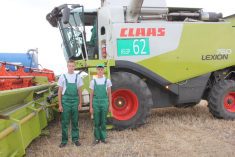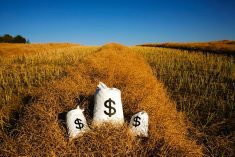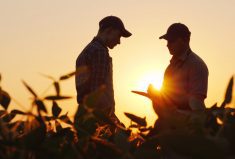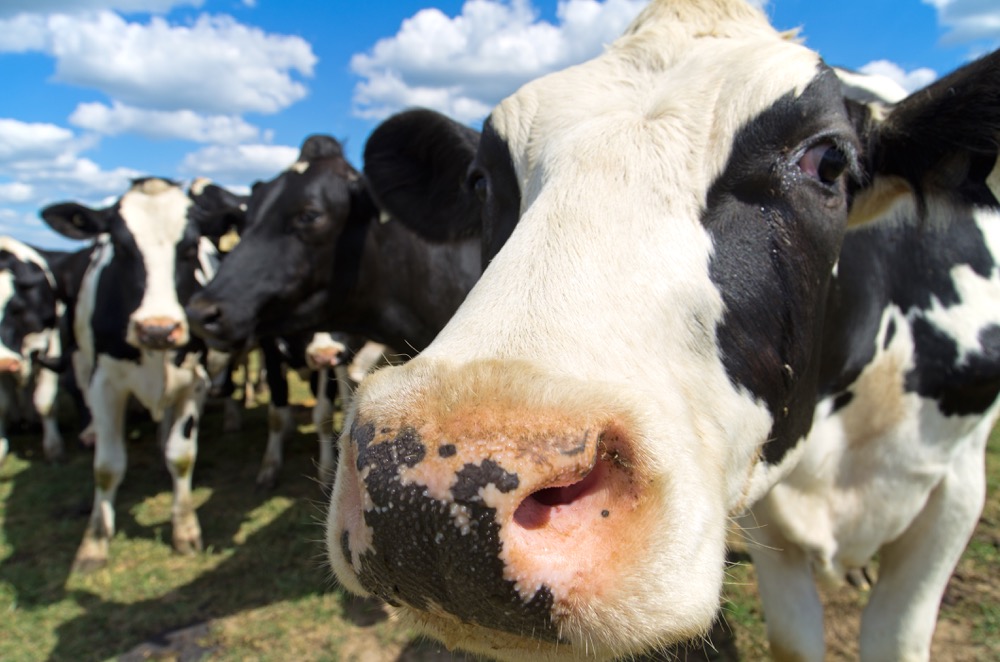It’s spring and the time of year that farmland often changes hands. The “for sale” sign signals an end to trial and triumph and always invites curious conversations.
This spring, there is an increase of sales in certain sectors. Sales driven by land stress and owners’ inability to financially weather another storm. Tree fruits and grapevines that could not recover from the second cold snap. Grain farms that had no snow or rain and could not sustain another year, and cattle farms that are short on local feed and access to water.
From the flooded plains to the barren hills, farms are pressured to perform as commodity prices weaken and interest rates hold steady.
Read Also

Guarding against misinformation: Do you believe in house hippos?
Misinformation and disinformation run rampant in today’s digital age. Farmers must be wary of the digital dangers and know how to keep themselves safe.
The other similarity with many of these properties is that they are monocultures or singularly focused production units and highly dependent on one source of income from one crop. When frost kills or rain stops, everything is affected.
- MORE with Brenda Schoepp: Wider conversation needed on climate cause
Monocultures are great for scaling up and for having one specialized line of equipment, data base, parts inventory, market, husbandry system and storage facilities. These farmers tend to be very good at what they do, are technically advanced and keenly focused on the type of agriculture they have chosen.
However, a monoculture is known to be tough on natural land regeneration if not handled properly and there is no safety net, other than hedging or government intervention through insurance, payout or subsidy.
Risk mitigation and preparing for events outside farm control have always been important because history, with its nasty weather, does repeat. It is a given, regardless of how nice a day it was when the farm was bought. It will go through tough spells before it is sold or transferred.
There is no claim that mixed farms are under less tension from weather events but something is usually harvestable and saleable and at the very least, planting and harvest happens at different times. This mitigates crop and financial risk and is also a labour advantage.
Bringing in several hundred people to harvest cherries and then sending them home is expensive, tough on the employee and does not spread the risk of labour acquisition. A farming operation with a variety of crops suited to the soil and the slope can distribute fewer persons over a longer season, and in some cases create permanent homes for employee families with year-round engagement, especially if any value adding, such as packaging or product creation, occurs on the farm.
Often when discussion centres around a monoculture, the focus is on loss or lack of biodiversity and this is certainly true. There is mounting scientific evidence that highlights the intergenerational advantage to plant and animal agriculture in bio-diverse systems. Farmers who like the open fields of a monoculture know the importance of this and put into practice such actions as no-till to ensure moisture retention.
Regardless of the production practice, one thing is certain: farmland values remain strong. The average increase in value of cultivated Canadian farmland was 11.5 per cent in 2023. The only province with a decline was British Columbia, where values fell by 3.1 per cent in same year. This is interesting, as it occurred in a province where land in the Delta region can exceed $264,000 per acre.
Overall, farm values continue to increase while commodity prices are softening and there is clear evidence that the cost of owning land in some areas now outstrips its long-term production capabilities and income generation ability.
In Canada, 40 per cent of farmland is on a short-term rental. Whether the land is owned or rented, it comes down to money and there may be a better chance to recover from unprecedented weather events when in a diverse and regenerative system.
Regardless of farm size, the operation that uses a model of diversity and maintains and integrates natural landscapes may be more resilient in times of weather and financial stress, as the risk is spread over several enterprises. The big advantages in complimentary biodiverse systems are that water is captured and retained, land is renewed, carbon is sequestered, beneficial insects, birds and wildlife live in a harmonious ecology and there is cash flow in intervals.
Although the system might be stressed, it is often not destroyed when exposed to a series of extreme weather events. It’s something to think about when restructuring the farm for the future, when that future is certain to turn eyes to the skies in hope of rain to start or stop and for temperatures to rise or fall.
No community wants to see a failed farm and the exit of a farming family when a little bit of conservation might have mitigated the risk and been of benefit to all.
















